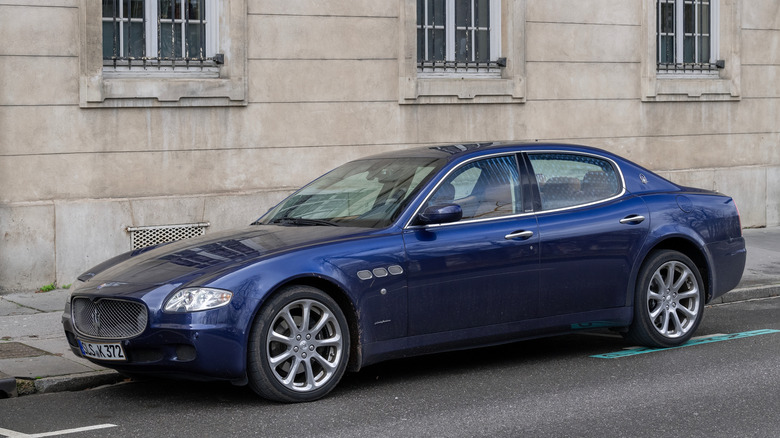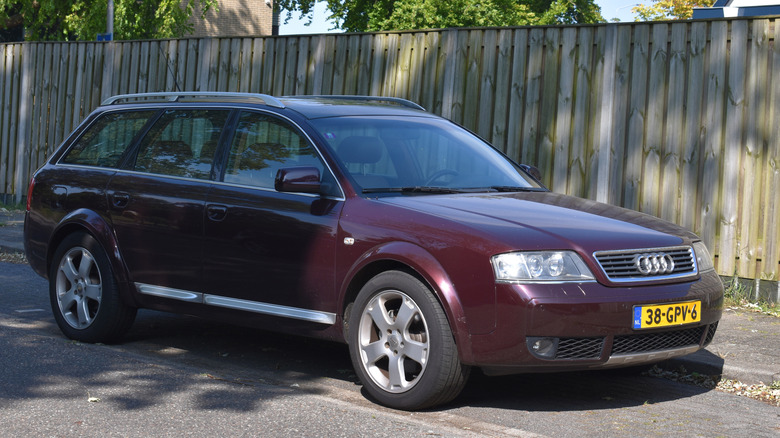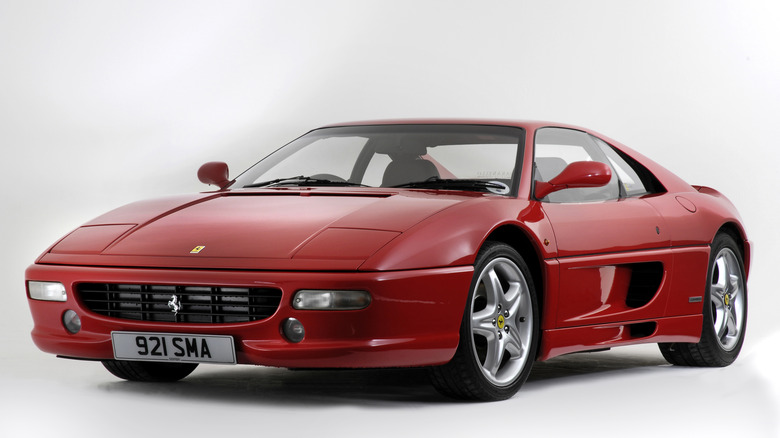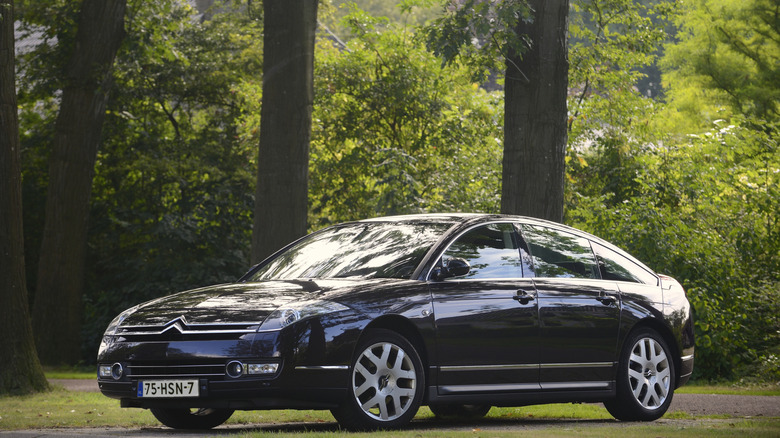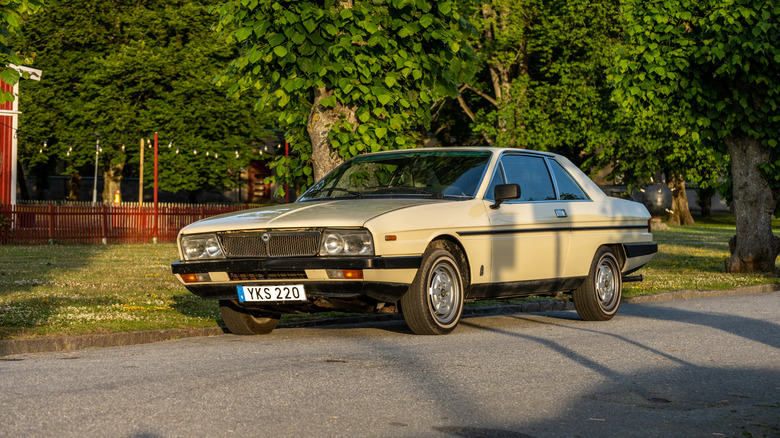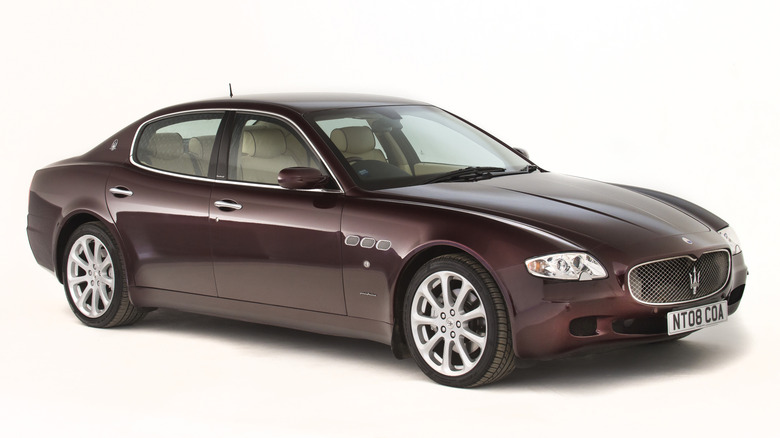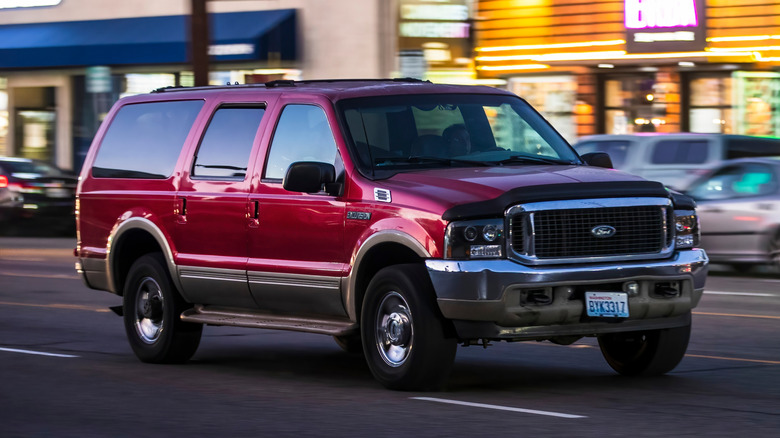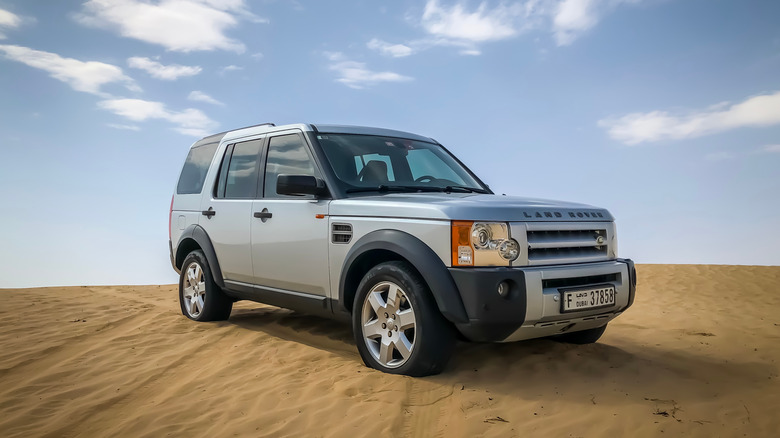8 Cars That Could Have Been Amazing... If They Weren't Notoriously Unreliable
Designing and engineering a car is hard work. We all know that, and while some cars continue to confound us as to why they were designed or engineered in the first place, sometimes, we have to commend the work of some automakers.
Over the years, we've seen countless cars that were nothing short of excellent. A great idea with proper execution, an all-out savior of the brand, or just something that makes it clear that absolutely no expenses were spared during the development. Think the W140 Mercedes S-Class, the sadly discontinued Volkswagen Phaeton, the new Mini, that kind of thing.
While history has given us some great cars, time hasn't exactly been kind to all of them. When you build such complicated cars, something is eventually bound to go wrong, and that's certainly the case with the cars we have lined up here. When they work, which is hardly ever, they're pretty spectacular. However, their legacy is tainted by the fact that they're so notoriously and hopelessly unreliable.
Audi Allroad
The lifted wagon can trace its roots back to the AMC Eagle, and other cars that paved the way for the modern SUV. But nowadays, only two lifted station wagons stand above them all. One is the Subaru Outback, of course, and the other is the Audi Allroad. In truth, Audi still makes Allroad versions of both the A4 and A6, but back in the late '90s, it was the A6 only.
Based on the C5 generation A6 Avant, the Audi Allroad featured standard Quattro AWD, height adjustable air suspension, and a 2.7-liter biturbo V6. The idea was great. The Audi badge gave you luxury and kudos, but the air suspension and the body cladding gave it go-anywhere capability.
However, as the original Allroad started to age, things began to unravel. All of the most crucial components started failing — badly. The air suspension had the reliability of an Aliexpress wristwatch, the engine barely fit under the hood, which made servicing expensive and complicated, and the Tiptronic automatic transmission, as you already know, was a complete clunker. Mercifully, the later A6 Allroads were far better than this, but the original has gone down in history as being one of the most unreliable cars ever made. That really is saying something.
Ferrari F355
Launched in the mid 1990s as a replacement for the 348, the F355 was a pretty good demonstration that Ferrari had gotten very serious about the entry-level mid-engine V8 model in the lineup. The F355 was released to some pretty significant fanfare, and everyone who has driven it agrees that it's easily one of the all-time best supercars. Especially when equipped with the gated six-speed manual transmission.
That six-speed manual and the F1 paddle shift transmissions, this being the first Ferrari model to offer such a thing, took care of distributing 380 hp from the 3.5-liter naturally aspirated V8 to the rear wheels. This engine was known for its incredibly high specific output, and for revving to a screaming 8,500 RPM.
You could have the F355 as a standard coupe, a Spider convertible, or the GTS with a removable targa top. For all of its amazing qualities, the F355 is also one of the most infamously unreliable Ferrari models. Problems with the fuel system and power steering fluid leaks on the F355 would lead to spontaneous fires, which is why there's always a big asterisk when purchasing a used F355.
Citroen C6
Throughout the 20th century, French automaker Citroen became known for two things. Super basic, super cheap, democratized wheeled transportation with the original 2CV, one of many classic cars that people love to hate. Citroen's other forte was luxury sedans that would make sitting on cotton candy feel uncomfortable. The DS was, of course, the beginning of the dynasty, and throughout the latter half of the 20th century, we saw the CX and the XM come and go.
In the mid 2000s, Citroen decided to give it one last shot. The C6 arrived in late 2005, and it was the flagship model in the automaker's lineup. With styling meant to evoke the original DS, and the presence of an all-new Hydractive suspension system, it was definitely a break from all the S-Classes and 7 Series of the world.
However, a looming recession and the simple fact that no one wanted a luxury car with a Citroen badge meant the C6 was a total flop. It's a shame, really, because the C6 was quite a special car to drive — at least, when it worked. The C6 is now old, and the cracks are beginning to show. In some cases, quite literally, as the 2.7-liter diesel engine from Jaguar that was offered on the C6 had plastic coolant hoses that are guaranteed to crack. Special or not, ultimately, it's an old French luxury car, and you can make of that what you will. I should know, because I own one.
Volkswagen Passat W8
As the '90s came to an end, Volkswagen's board of directors appeared to have gone just a little bit crazy. That might sound like an insult, but in this case, it isn't. Volkswagen and its sister brands were finding increasingly ridiculous applications for massive engines, and in some cases, making entirely new ones just for one car. That's what happened with the Passat W8.
Before the Phaeton, the Bentley Continental GT, and Flying Spur, the Passat W8 was Volkswagen's idea of a flagship luxury car. On the outside, it may appear to be a well equipped and heavily embellished B5.5 Passat. But hiding under the hood was quite the powertrain.
As the name implies, the Passat W8 is powered by a 4.0-liter W8 engine. Let me repeat that, not a V8, a W8. The gist of it is, like the VR6, it has eight cylinders but the cylinder banks are at a much narrower angle. The end result was an engine compact enough to fit inside the Passat, which had been powered by four-cylinder and six-cylinder engines mostly, but powerful enough for a flagship luxury car. The sound the W8 makes is glorious, but sadly there's not much else good about it. Some of the issues that plague the W8 engine in this car are genuinely scary.
Lancia Gamma
Top Gear once said that Lancia is the automotive manufacturer that has made the most truly great cars over the years. In some aspects, this is true, with stuff like the 037, the Delta, the Stratos, and so on. While Lancia gets to work making a rebodied Peugeot 208, for which we can blame the brilliant leadership of the former Stellantis CEO, let's examine one of its less talked about cars.
The Gamma was the flagship sedan in the Lancia lineup from 1976 to 1984. Pretty much instantly, the public was hooked by its stunning, Pininfarina-penned exterior, with the super low hoodline and the high rear deck. Whether it was the sedan or the coupe, the Gamma is an attractive car, no doubt about it.
However, this is also a Lancia from the '70s, so as well as being attractive, it's also ridiculously unreliable. Lancias of this time had a lot of issues with rust, but that wasn't the Gamma's ticking time bomb. In what can only be described as engineering genius, Lancia's engineers decided to drive the power steering pump off of one of the camshafts. This meant that, if you start your Gamma on a cold engine with the steering at full lock, your engine would quite literally be rendered useless. That's the kind of thing you can only see from an old Italian car, isn't it?
Maserati Quattroporte (early fifth generation)
When most exotic car manufacturers were playing catch up with four-door cars, Maserati had been offering one for years. It's sold the Quattroporte since 1963, and since then, it has become known for bringing together all the great qualities of a Maserati into a more practical, more luxurious sedan. It also became known for its heinous depreciation.
The fifth generation Quattroporte brought the iconic model into the 21st century, and it was launched in the early 2000s. The attractive, stately exterior hid a Ferrari-derived 4.2-liter V8 engine, which produced a fantastic sound and offered pretty decent performance. The performance would have been even better, had it not been for the early fifth gen cars' Achilles' heel.
The earliest cars came with a six-speed automated manual transmission that Maserati called DuoSelect, which was similar to the Cambiocorsa transmission used in some of its other models. This transmission was hopelessly unreliable and it completely ruined the driving experience due to its massive incompetence at doing the only thing it's supposed to do. Plus, you know, it's a Maserati, so other issues will eventually and inevitably pop up.
Ford 6.0 Powerstroke trucks
Car enthusiasts love to bash Ford on its reliability and its powertrains, but one of the diamonds in the rough no one has dared to dispute is undoubtedly the 7.3-liter Powerstroke turbodiesel. This powertrain appeared in different Super Duty trucks, the Econoline family, and the Expedition SUV.
Incredibly reliable and super capable, the 7.3 Powerstroke is seen as royalty in the Ford truck community, and even the Ford community in general. However, Ford decided to can the 7.3-liter engine in favor of a newer, seemingly much improved 6.0-liter Powerstroke in the early 2000s. As before, this engine went into the Super Duty trucks, the Econoline, and the Excursion.
With 325 hp and 570 lb-ft of torque in stock form, it was definitely more capable on paper than the 7.3. The problem was, just about every major component in the engine would eventually go wrong. Head gaskets, turbochargers, fuel systems, the whole nine yards. It was so bad, in fact, that it ultimately led to a lawsuit where Ford sued the manufacturer of the engine. Mercifully, later on, the 6.7-liter Powerstroke sorted out all of these issues.
Land Rover Discovery (LR3/LR4)
When the third generation Land Rover Discovery arrived in the early 2000s, Land Rover decided to badge it as the LR3 in North America. Over its decade-long production run and the revised LR4, or Discovery 4 to the rest of the world, this generation of Land Rover Discovery became all things to all off-roading enthusiasts.
It's easy to see why. As well as being fantastic off the road and way more capable than anyone ever needed, it was also a very good performer on the road, despite being body on frame and weighing more than a suburban house. However, this is, at the end of the day, an aging Land Rover, and that does come with a few asterisks.
Luckily, North America was spared of the 2.7-liter diesel version. I have essentially the same engine in my Citroen C6, and believe me, you don't want that. The Discovery had a lot of issues with drivetrain components going wonky, and of course, the electrical components, which are always doomed to fail on anything with a Land Rover badge. Consistently and continuously, the Land Rover Discovery has found itself at the very bottom of reliability surveys. Probably a good idea to avoid cheap high mileage examples, however tempting they may be.
